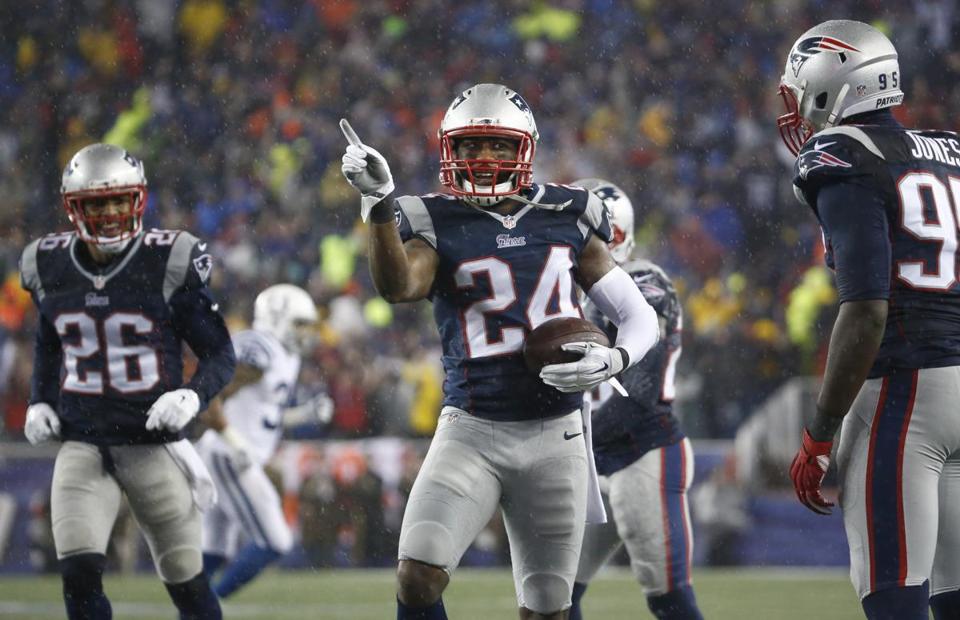Daily fantasy football, and just daily sports in general, is all about finding value in places everyone else isn’t. Of course Aaron Rodgers versus the Raiders is a great play, but everyone knows that. In general, I think the public focuses on the “sexy” positions, or even just position players much more than defense/special teams and kickers – I mean, it isn’t fun to pore over spreadsheets to try to predict field goals when you can watch GIFs of Antonio Brown making safeties look silly.
However, every position matters, especially in large-field GPPs. It’s always amazing to me when I see people recap winning lineups of a tournament – they talk so much about which QB/WR combination the user employed, where he saved salary, and often ignore one of the positions that pushed them over the edge. When Drew Dinkmeyer famously won $1,000,000 in a DraftKings tournament last year, for example, a big part of that was 20 massive points from the Patriots D/ST against the Dolphins – they had 4 sacks, 2 interceptions, a blocked kick, and a touchdown.
So today, we’re going to look at DFS D/ST value and what statistics to focus on when trying to pick yours every week. To do this, I thought of just about every statistic I could find related to defense and special teams (and the ST part of D/ST is important; a lot of people forget that it’s half the equation and usually the part that actually scores) – I have 35 of them here – and found their correlation to fantasy value, specifically Plus/Minus. The reason I’m using Plus/Minus is because it will provide an insight into pricing as well.
Without further ado, let me drop the correlations table and then we’ll talk it through.

At the top, we have defense and special team touchdowns, which should be no surprise. There’s a variety of statistics in the chart and they vary in two regards – some are directly related to fantasy scoring (touchdowns, takeaways, etc), while others broadly paint the picture of a defense or special team (like the various DVOA stats). I would say the former isn’t very predictive, mostly because defensive and special teams touchdowns come so infrequently. As such, it’s a good reminder that a winning DFS defense is one that can score, not necessarily just hold teams from scoring points.
Some stats here can be predictive, like Football Outsiders’ Defensive DVOA – a stat that measures team efficiency, read a good explanation here. Defensive DVOA is highly correlated with Plus/Minus, even more so than Special Teams DVOA. But look at what happens when I combined the two into a D/ST DVOA average – an even stronger (and very strong in general) correlation with fantasy value.
The strong correlation with total points allowed shows that the defense side of D/ST is still important, even if it’s not the whole part. Just for curiosity’s sake, I wanted to see the correlation of points allowed by quarter and see if it stayed the same for the whole game or not.

It goes down every quarter, which I think is related to the game of football and the sample size in a single game. In basketball, for example, I would expect the correlations among quarters to be much more even, mostly because there’s a ton of scoring and alternating of possessions. However, in football that isn’t the case, and shows that what happens in the first quarter – either positively or negatively – goes a long way in showing what the final outcome will be.
Anyway, back to the main chart. The lowest correlation of all the stats I looked at (even lower than team Twitter followers!) was passing yards allowed. Of course, the next step would be to check the correlation of passing yards allowed to points allowed – it has a low correlation here because D/STs aren’t penalized for giving up yards, only points. That’s an important distinction, even if it is seemingly obvious.
On that note, time of possession, rushing yards allowed, 1st downs allowed, opponent run/pass ratio – all statistics generally thought of as important to defenses in general – don’t show to have a high correlation with D/ST value. Again, in DFS, we’re concerned with defenses that can limit points and special teams that can create havoc and score. If your defense gives up 800 yards but only seven points (I know, that’s a dramatic example), that defense was good by DFS standards.
Opponent’s third down conversion percentage was fairly highly correlated, along with blocked punt and blocked field goal percentage (blocked FG% is a bit less I think mostly because if it isn’t blocked it results in points against the defense), which makes me think those are related. If we want to find D/STs that can score (outside of interceptions and fumble recoveries), putting offenses in fourth down situations is the way to do that.
So feel free to peruse the list and let me know your thoughts. I think the next step would be to find the year-to-year consistency of these statistics and I’ll probably do an article about that some time before the start of the NFL season. I think something like Defensive DVOA is predictive, but I’m not really sure when it becomes predictive – is the previous season predictive of the upcoming one? Is the first couple weeks more predictive than the previous season? We’ll find all of that out soon.





